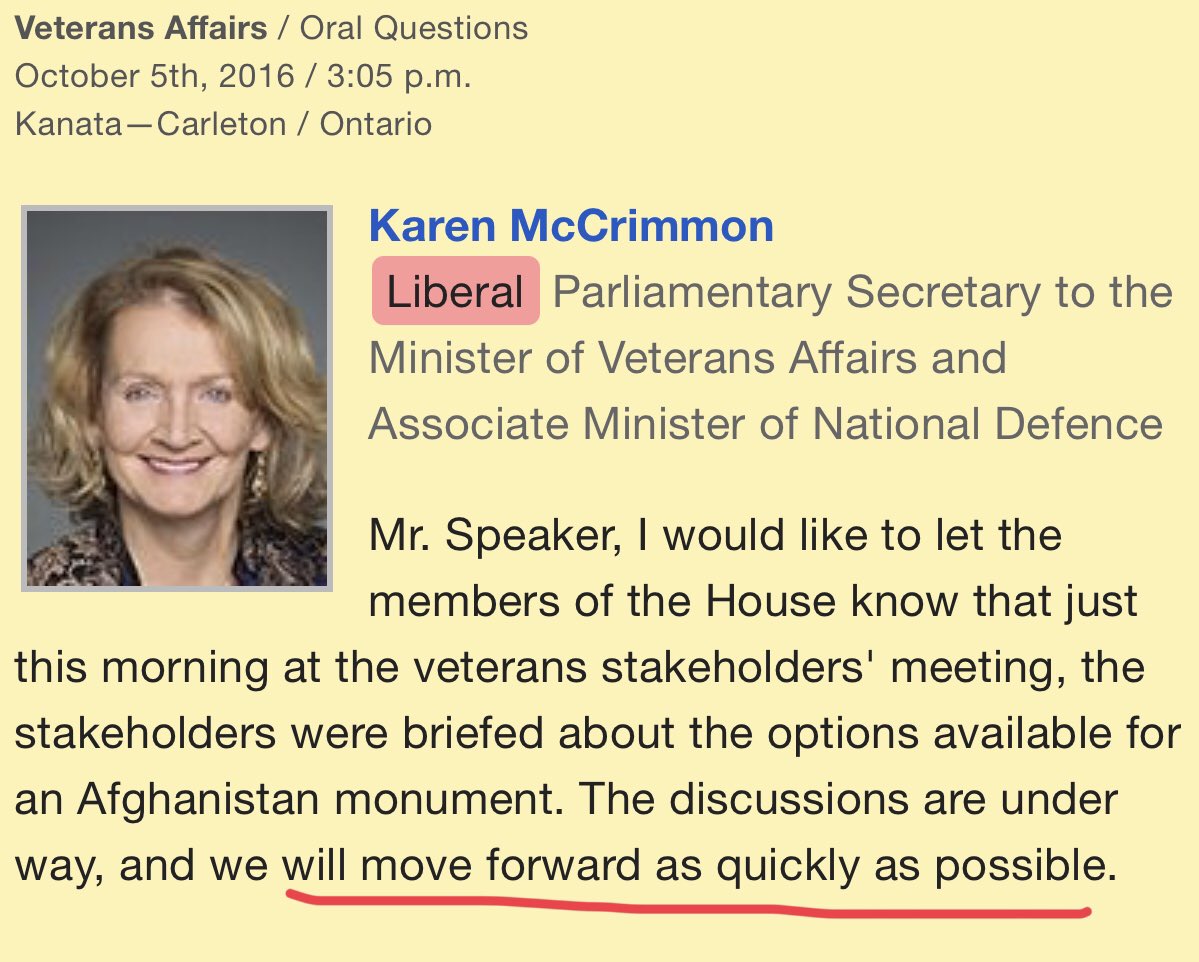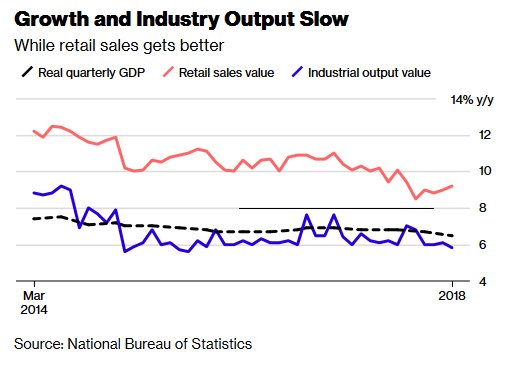Theoretically it still exists today, but it bears little resemblance to what it once was. A brief tale.
I learned a great deal by reading their thoughtful decision letters to authors.
Here's what BEJEAP and its sibling journals did that was innovative for the time.
It was open-access from its inception.
Authors were guaranteed 10 weeks to a first decision, and we fulfilled that guarantee almost every time.
The "Frontiers" tier was calibrated to "top-5" quality, with a "top-5" single-digit acceptance rate.
The "Contributions" tier corresponded to second-tier field journals.
The "Topics" tier to third-tier field journals.
The tier system allowed us to give authors choices about revising. More intense revisions could mean a higher tier.
It's hard to make that formula work.
The editors all resigned in protest.
That's the key problem BEJEAP couldn't solve.






